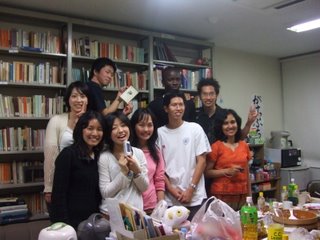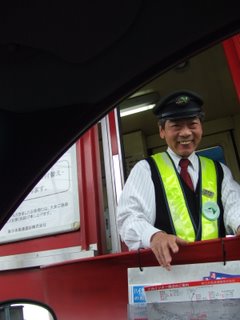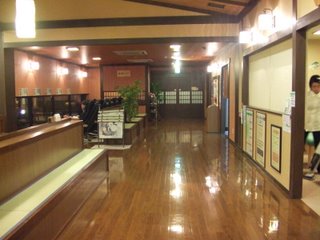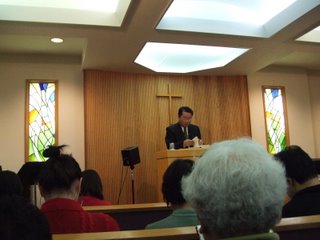
It took us about 2 hours and not less than 15 stations to reach Urasa. Knowing that we would be exhausted by the time we came back, and not wanting to waste time, we brought along our shukudai (homework). Nevertheless, the sceneries outside were a sight for sore eyes for us city folks used to seeing concrete and metal.

Upon reaching Urasa station, an IUJ-bound taxi was already waiting for us. Hiura-san, whom I have been corresponding all these while was pretty efficient in arranging for us transportation, lodging and the campus tour.

We had a brief chat with Associate Dean Yamazaki on course requirements, a walk around the campus to familiarize ourselves with the place where our home would be from September onwards. Just before 6pm, we headed towards the gym where the ASEAN + Japan Nite would be held.

There were food samplings from each member country, followed by some cultural presentations.

We were invited for breakfast the next morning with a most hospitable Bangladeshi couple who were doing their Masters in Ebiz. Their version of the roti canai, payasam and tea reminded me of the mamak sessions back home. Methinks the last time I had mamak food was at least 2 months ago.

We decided quite spontaneously to visit Nagaoka on our way back. The weather had been looking quite gloomy all morning, but that didn’t deter us from stopping by the city which was struck by a major earthquake some 2 years back.

We were greeted by Konan’s compatriots from the Ivory Coast who took us for a little tour around the city. Nagaoka is relatively smaller than Niigata is many ways. There aren’t as many commercial buildings and almost everywhere you turn, you see paddy fields. Because of that, Nagaoka looks expansive. Our first stop was their campus, the Nagaoka University of Technology. Apparently, there are as many as 50 Malaysian students studying here.

Our next stop was the grayish uninspiring looking Nagaoka Institute of Design. The whole façade reminded me of post-war buildings with no colour or life in them. What a contrast compared to our bright and loud looking Limkokwing University of Creative Technology.
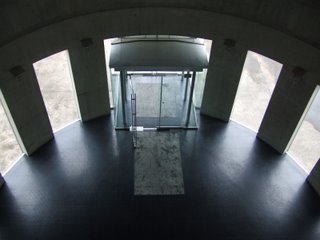
Before going back home, we were treated to lunch at Saizeriya. Thanks to our new found Ivorian friends, Floren and Pierre, we capped off our road trip nicely and managed to see bits and pieces of Nagaoka. After visiting Urasa and Nagaoka, I appreciate Niigata more. Can’t believe I’ll only be staying till September. Better explore more and do as much as I can before my Masters course drown me!







